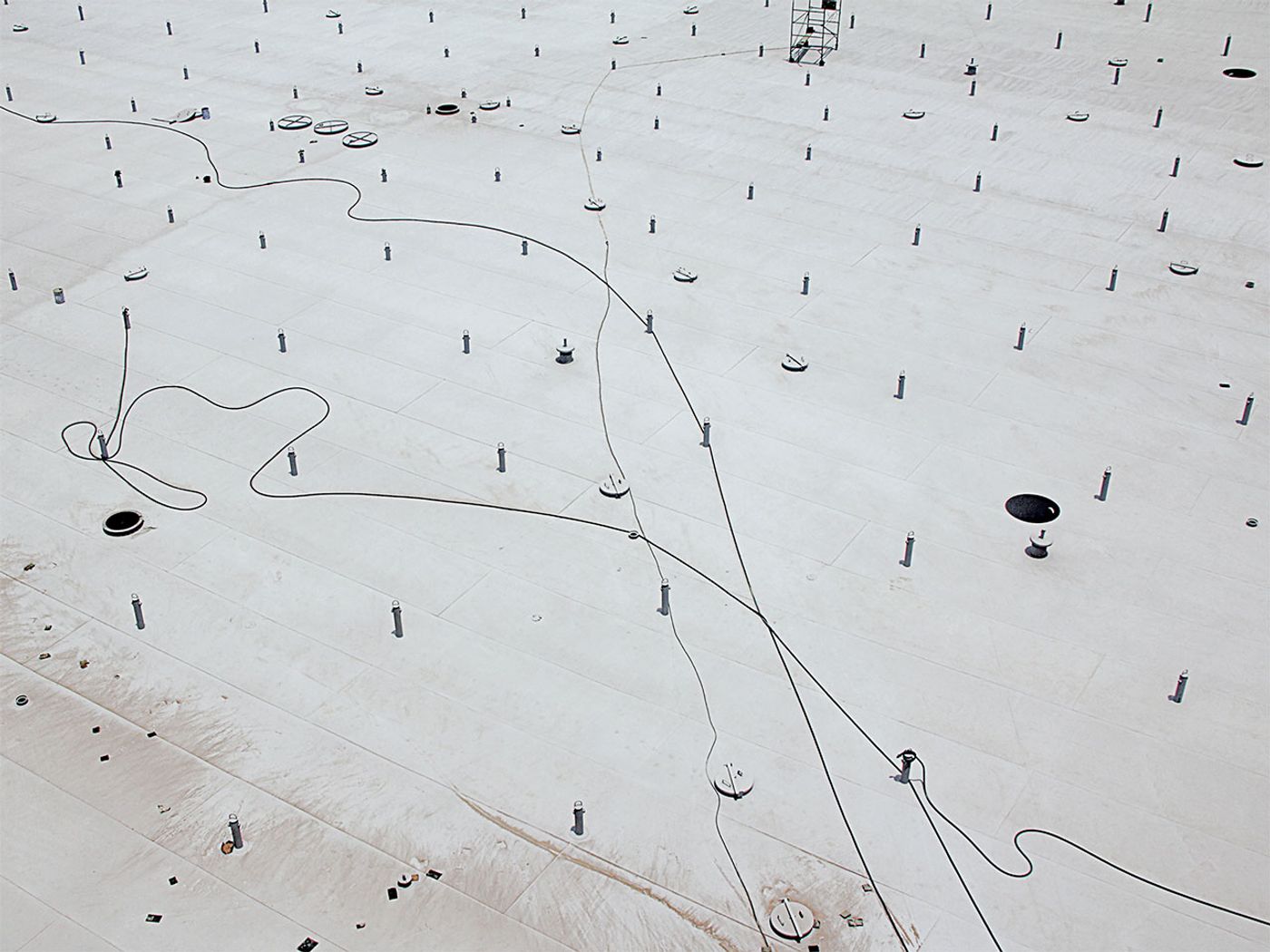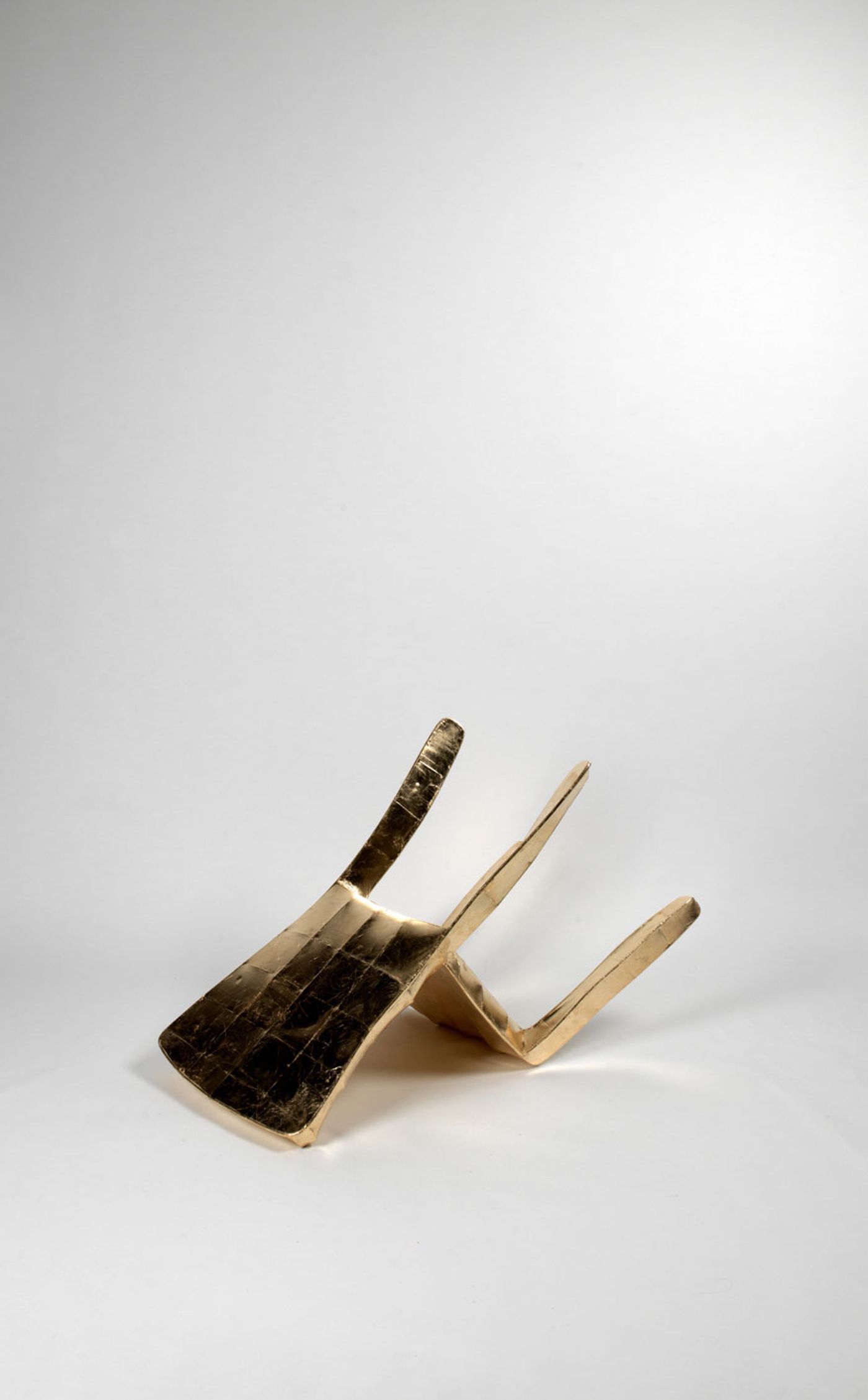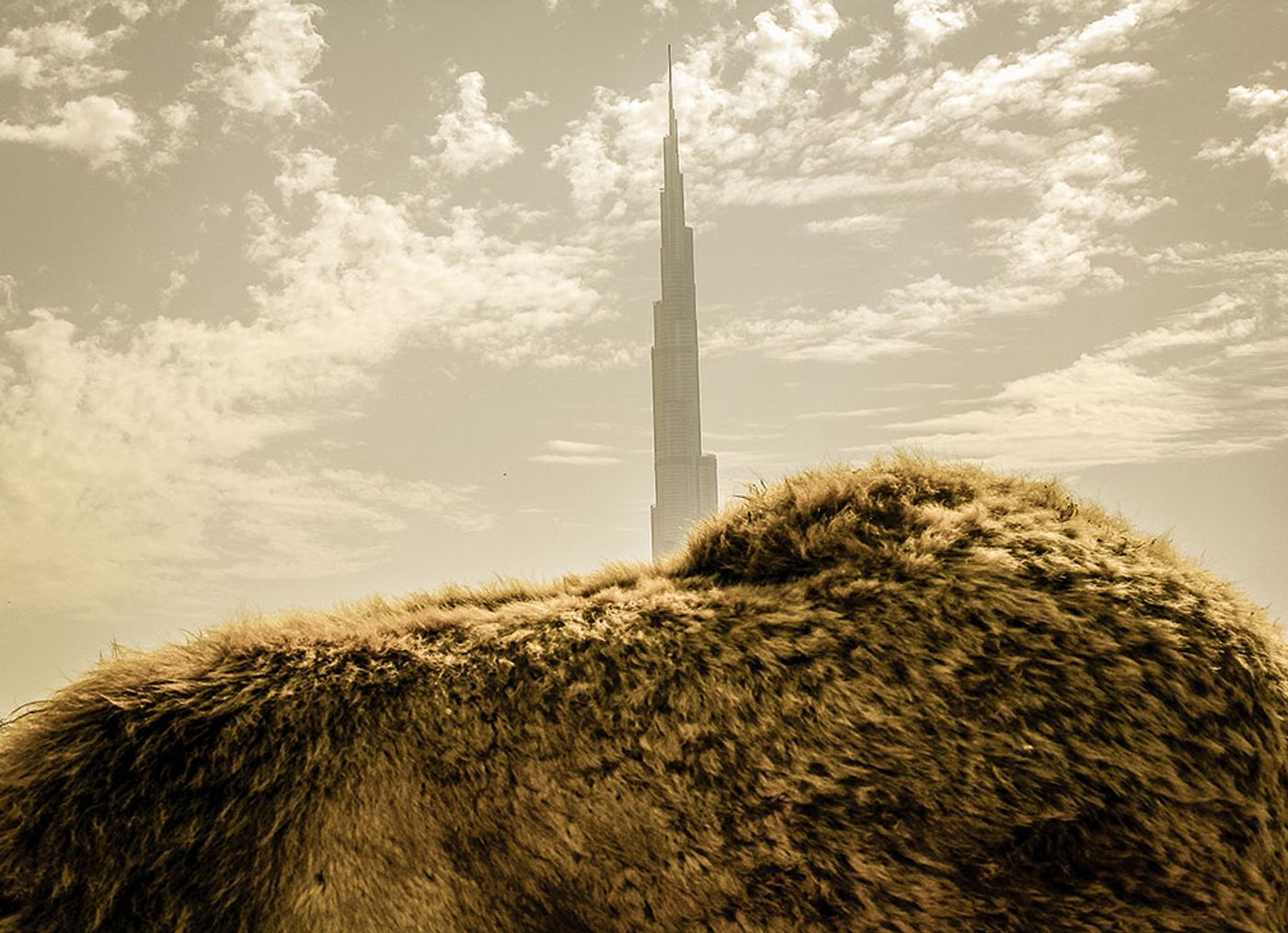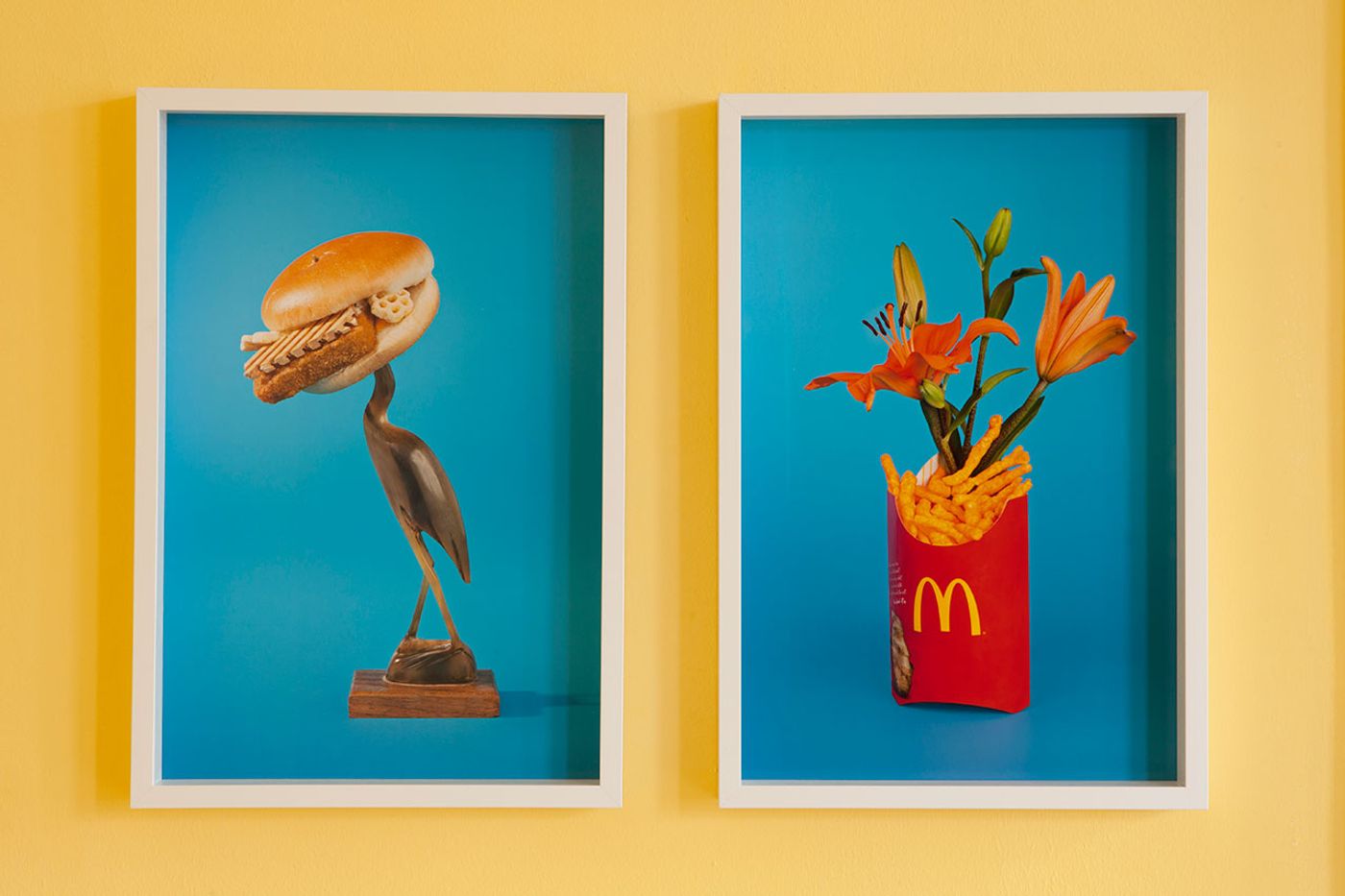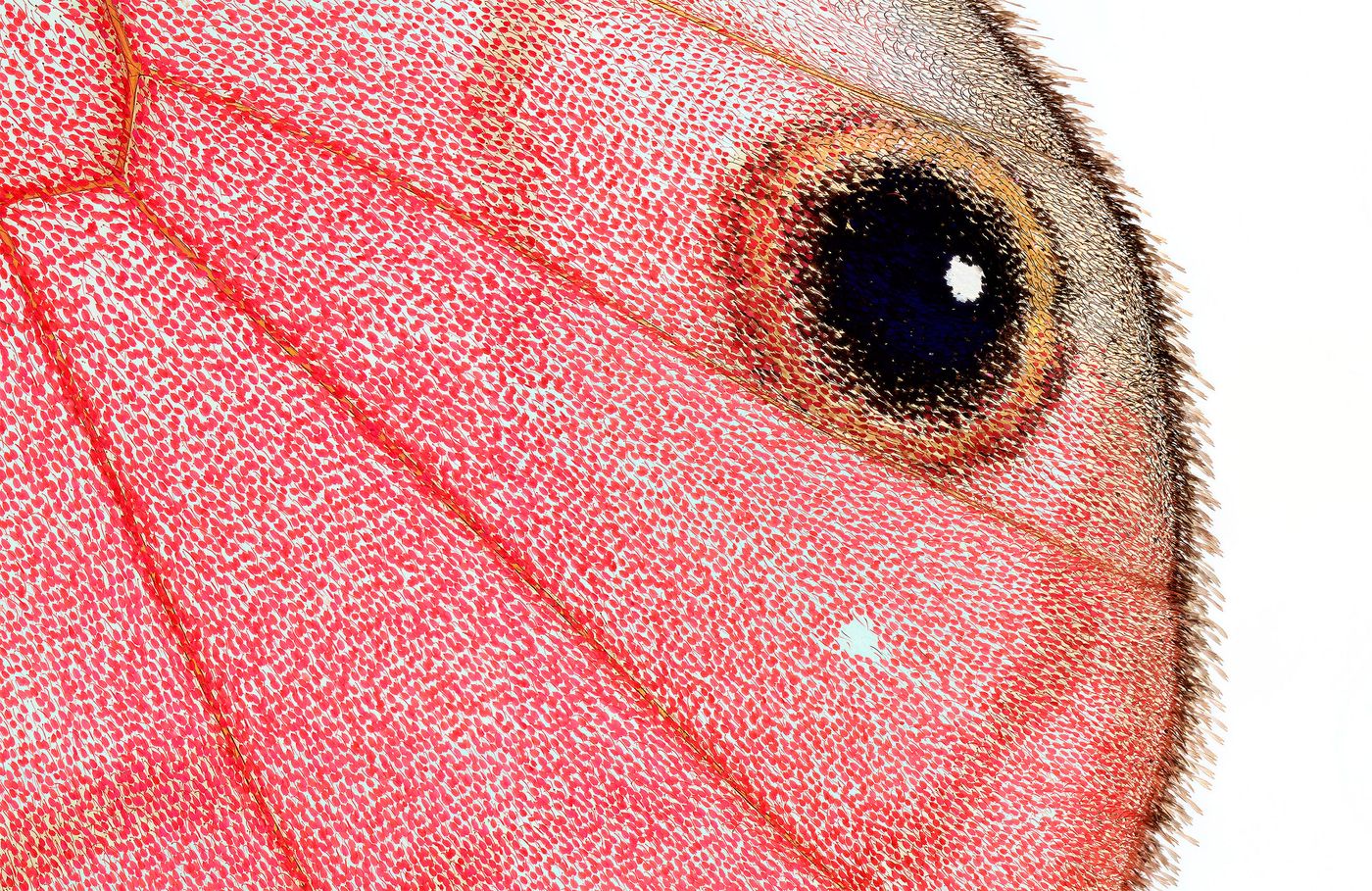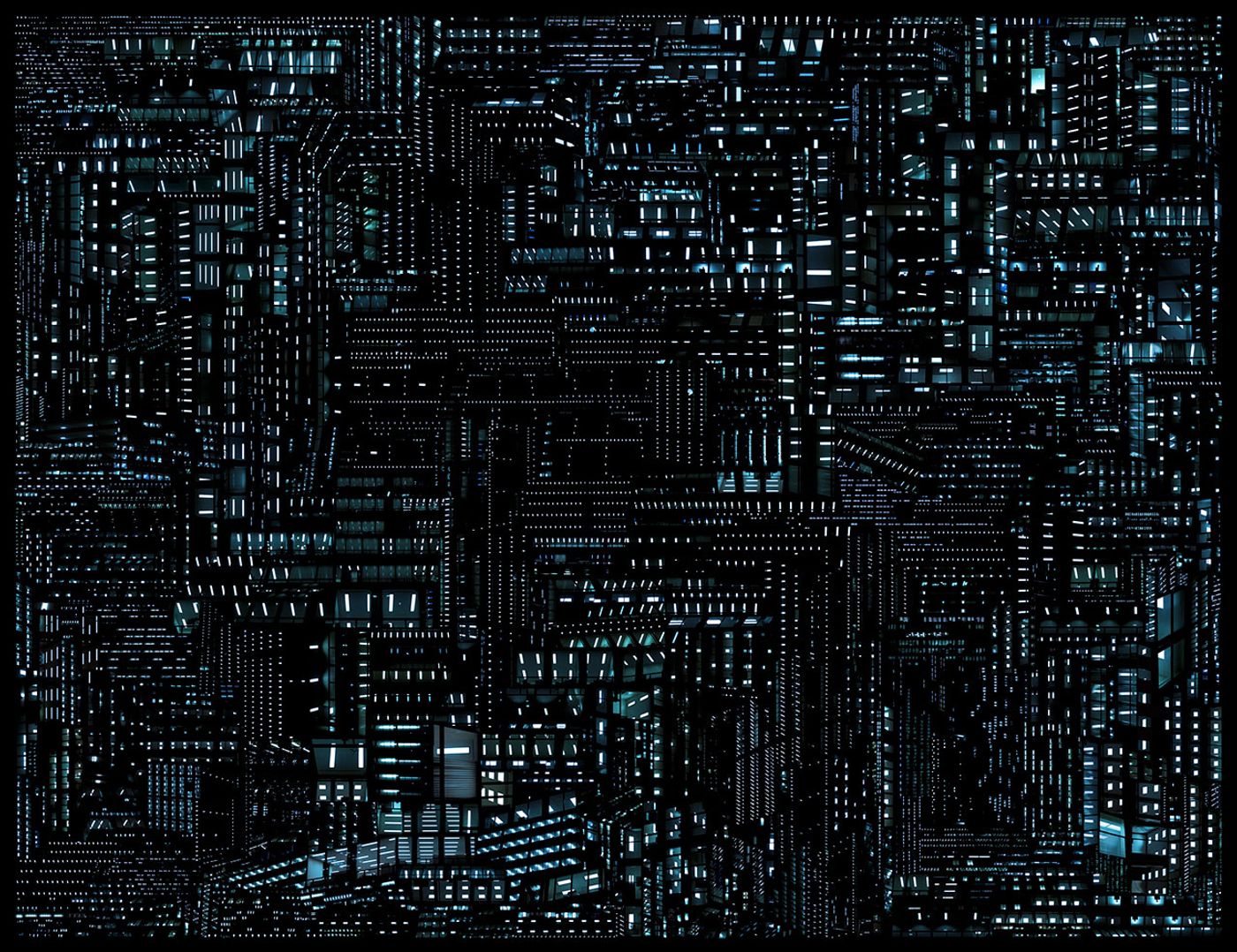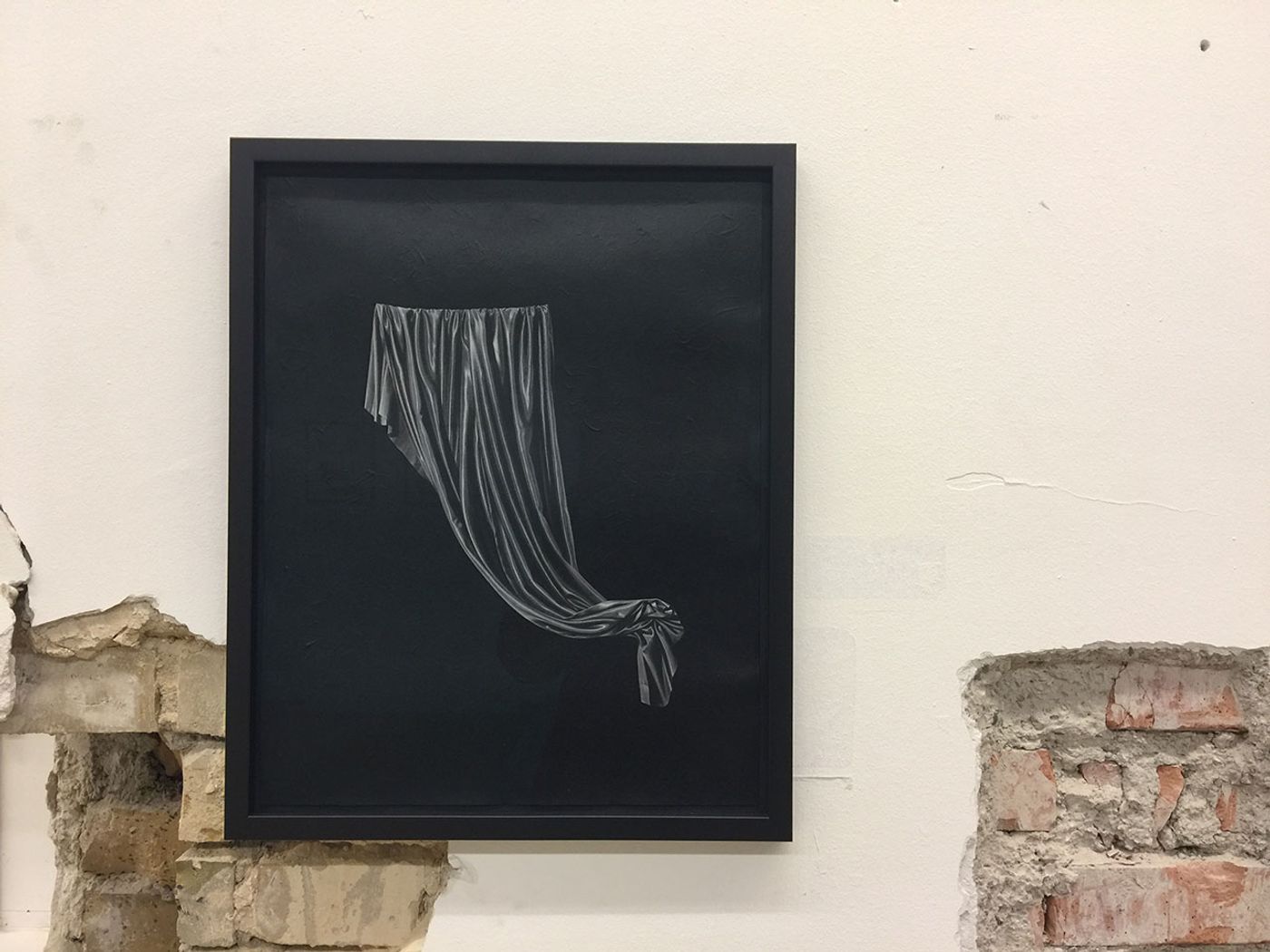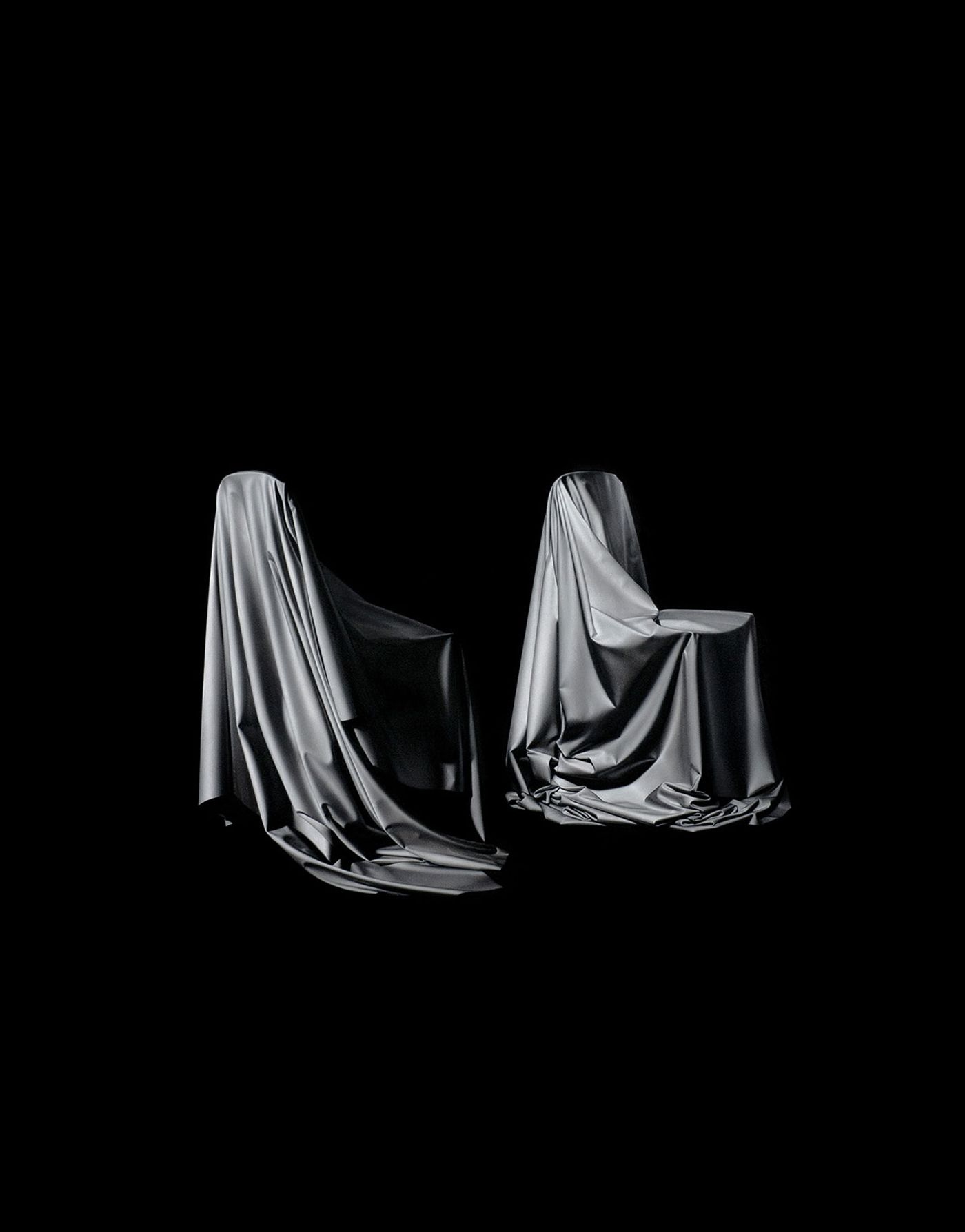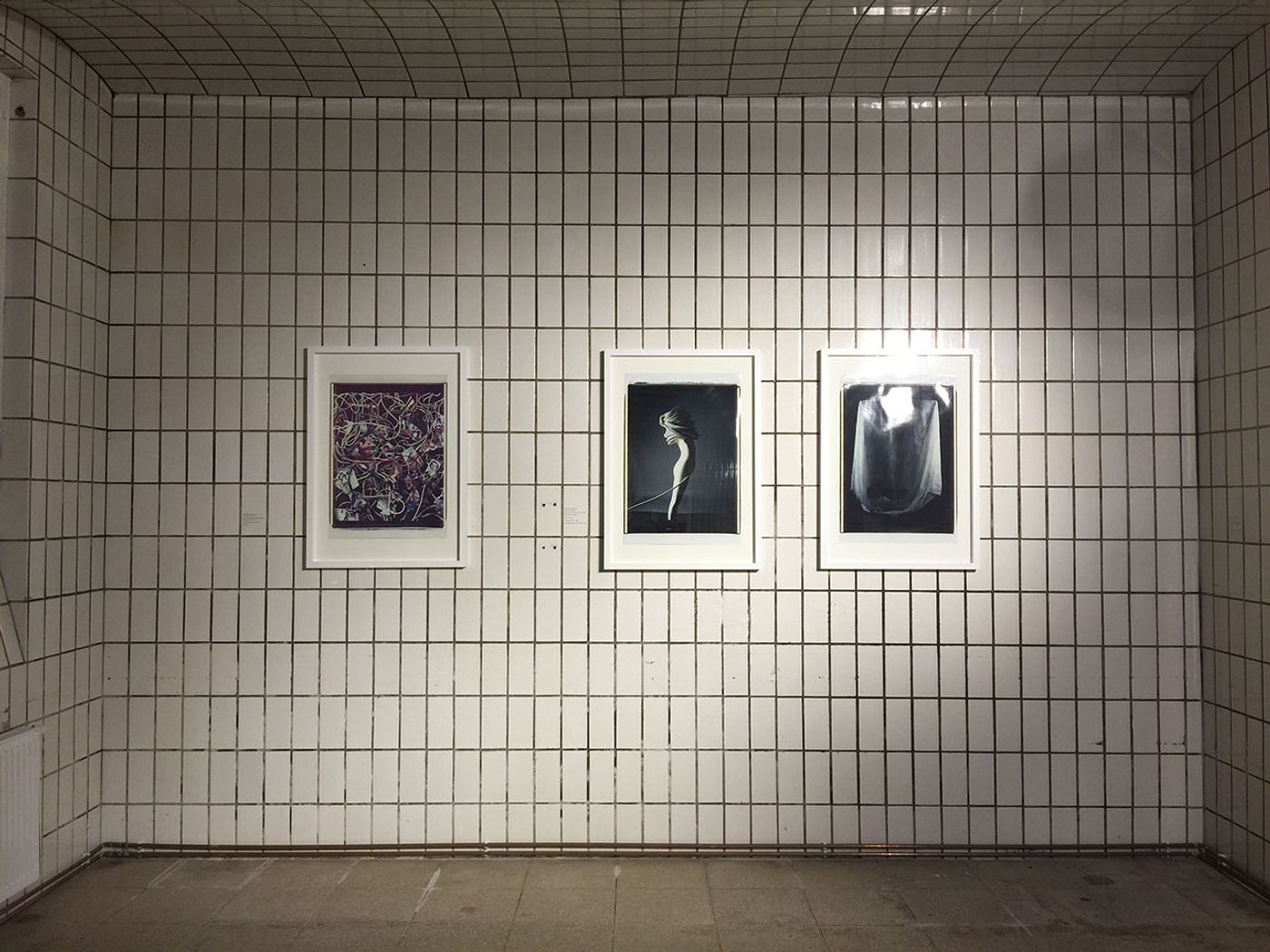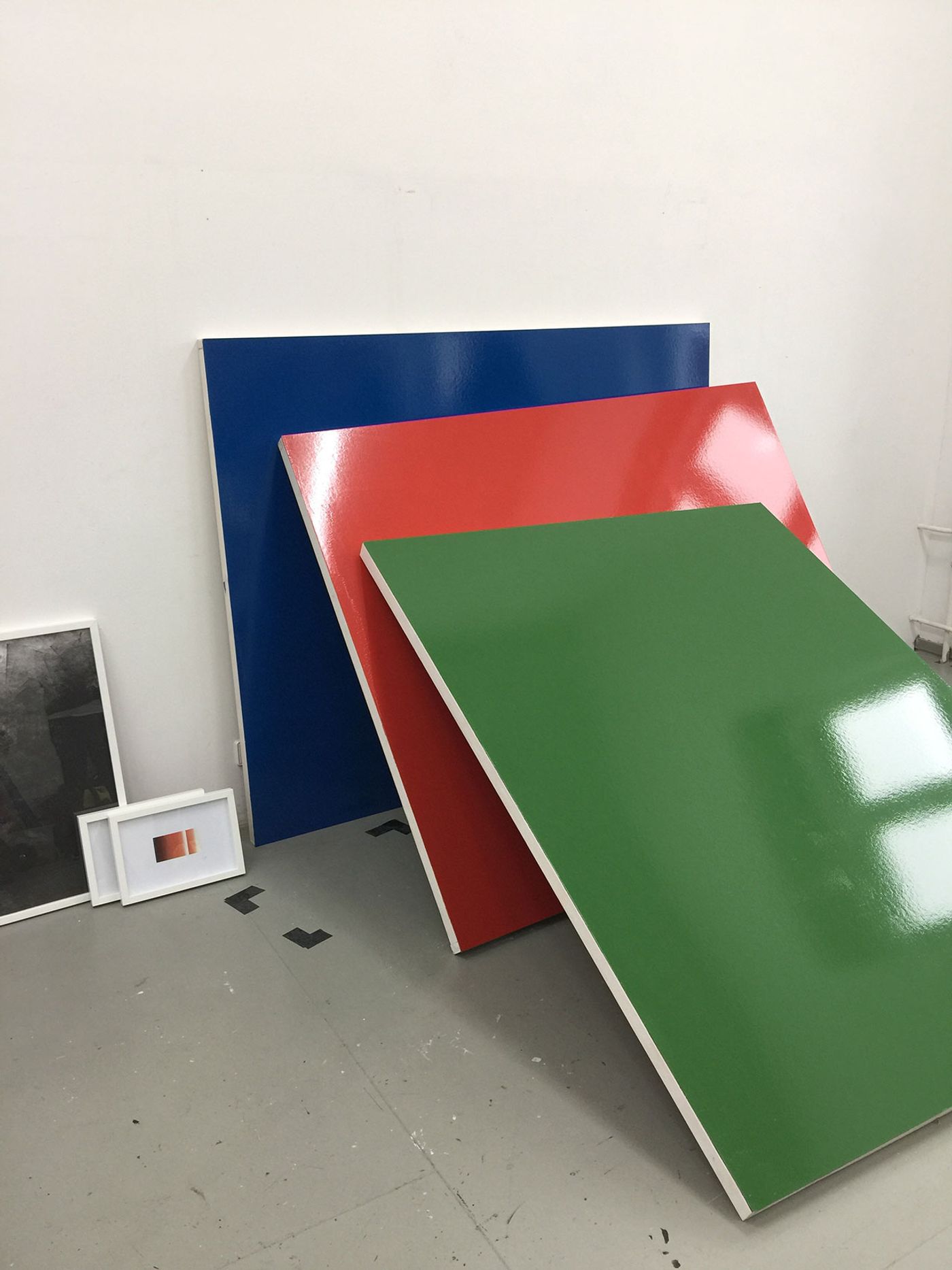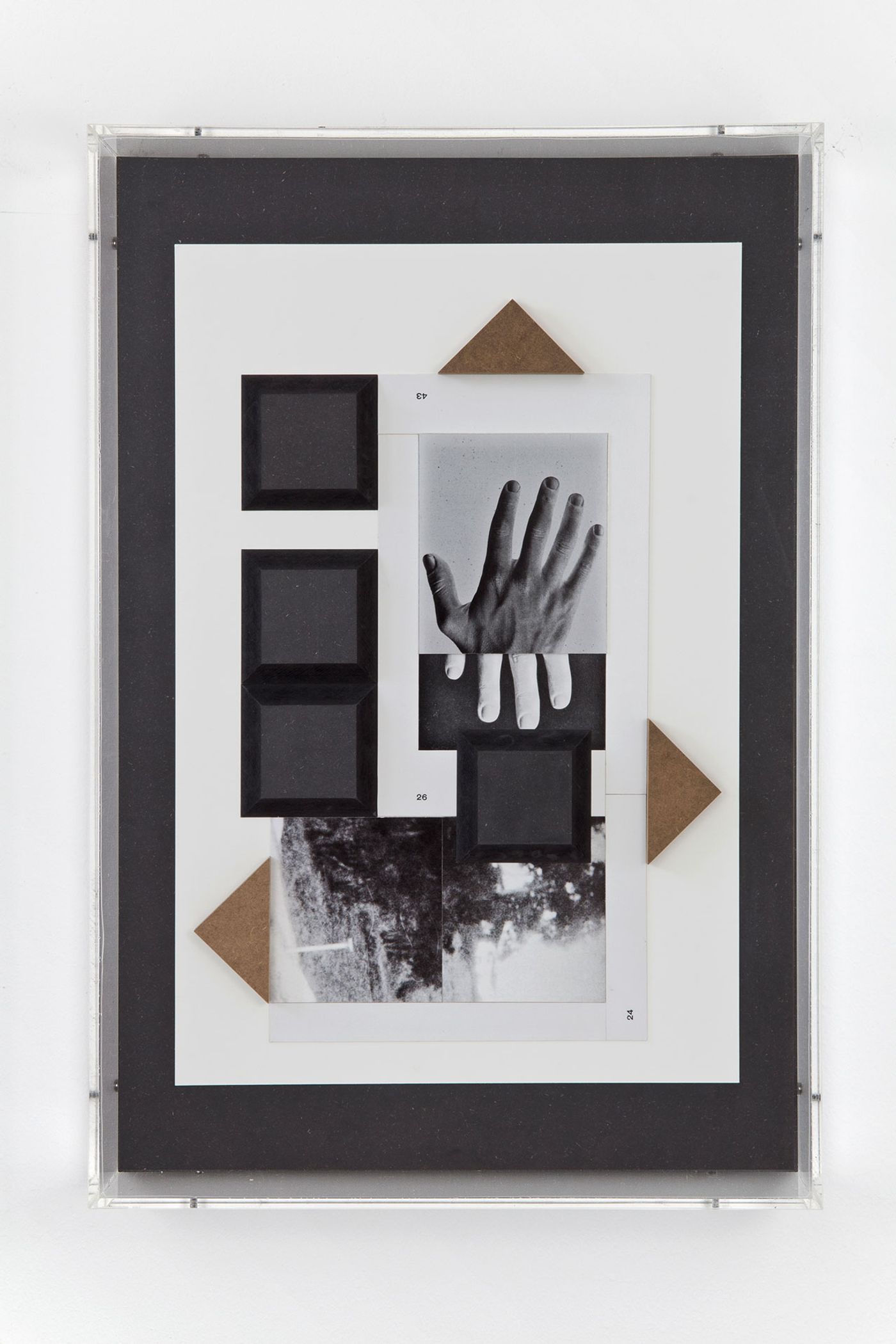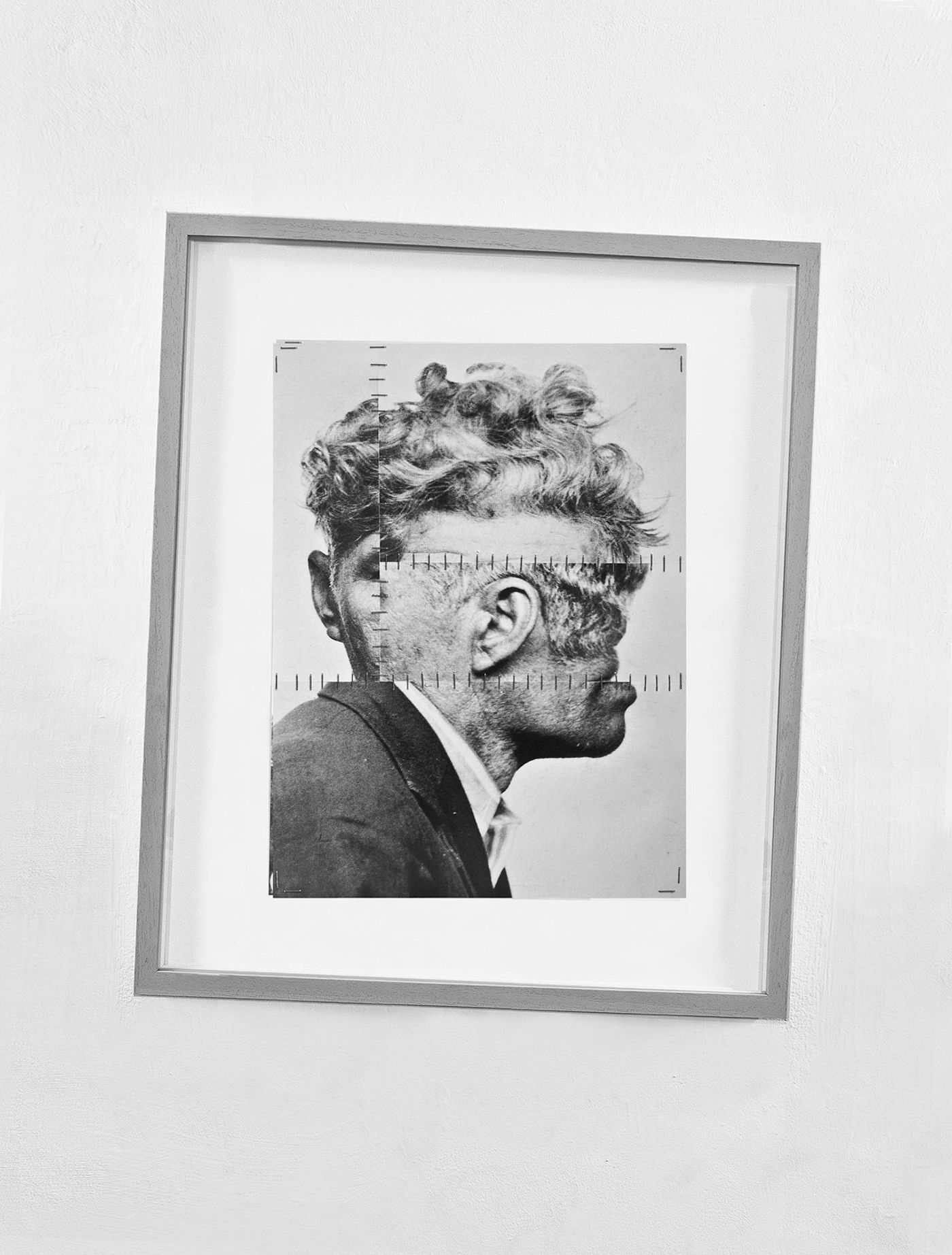
Seeking Beauty: Highlights from Vienna Art Week 2016
Words by Kiriakos Spirou
Location
Vienna, Austria
Seeking Beauty: Highlights from Vienna Art Week 2016
Words by Kiriakos Spirou
Vienna, Austria
Vienna, Austria
Location
Having just completed its twelfth edition, Vienna Art Week is an annual festival of events that seeks to promote and celebrate contemporary art made and shown in the Austrian capital. Known mainly for its rich musical tradition and imperial Austro-Hungarian architecture, Vienna may not be a regular stop for contemporary art-lovers travelling in Europe, nevertheless, the city has a vibrant art scene, with two Academies hosting around 5,000 art students, over 80 galleries, at least 100 museums and central Europe’s largest auction house, the Dorotheum. This year’s Art Week activated connections and synergies between many of Vienna’s cultural institutions, with a programme of over 200 events, which included discussions, exhibitions, gallery tours, studio visits and many more—all proving just how much there is going on under the radar in a city still mainly associated with Klimt and Otto Wagner.
“Athens, Mexico City, Johannesburg, Barcelona—these are cities that are better positioned in the contemporary visual arts, design and architecture,” Robert Punkenhofer, artistic director and co-founder of Vienna Art Week, told Yatzer. “Our aim was to highlight what’s actually going on here, to present the museums and the galleries, but also the off-spaces and the artists themselves.” This year’s theme was Seeking Beauty, a rather ambitious title considering that philosophers and artists have been struggling with the conundrum of what beauty is for millennia. But for Punkenhofer, Vienna seems like the ideal location to engage with that question: “Through this year’s programming, we wanted to analyse the development of the notion of beauty and how this has changed over the years. And Vienna is the perfect spot to do that—because for example in the Natural History Museum you can find the Venus of Willendorf, this female figurine from 28,000 years ago, and then you can go across to the Art History Museum and see a Rubens. There are not that many cities that can offer such depth and breadth of content.”
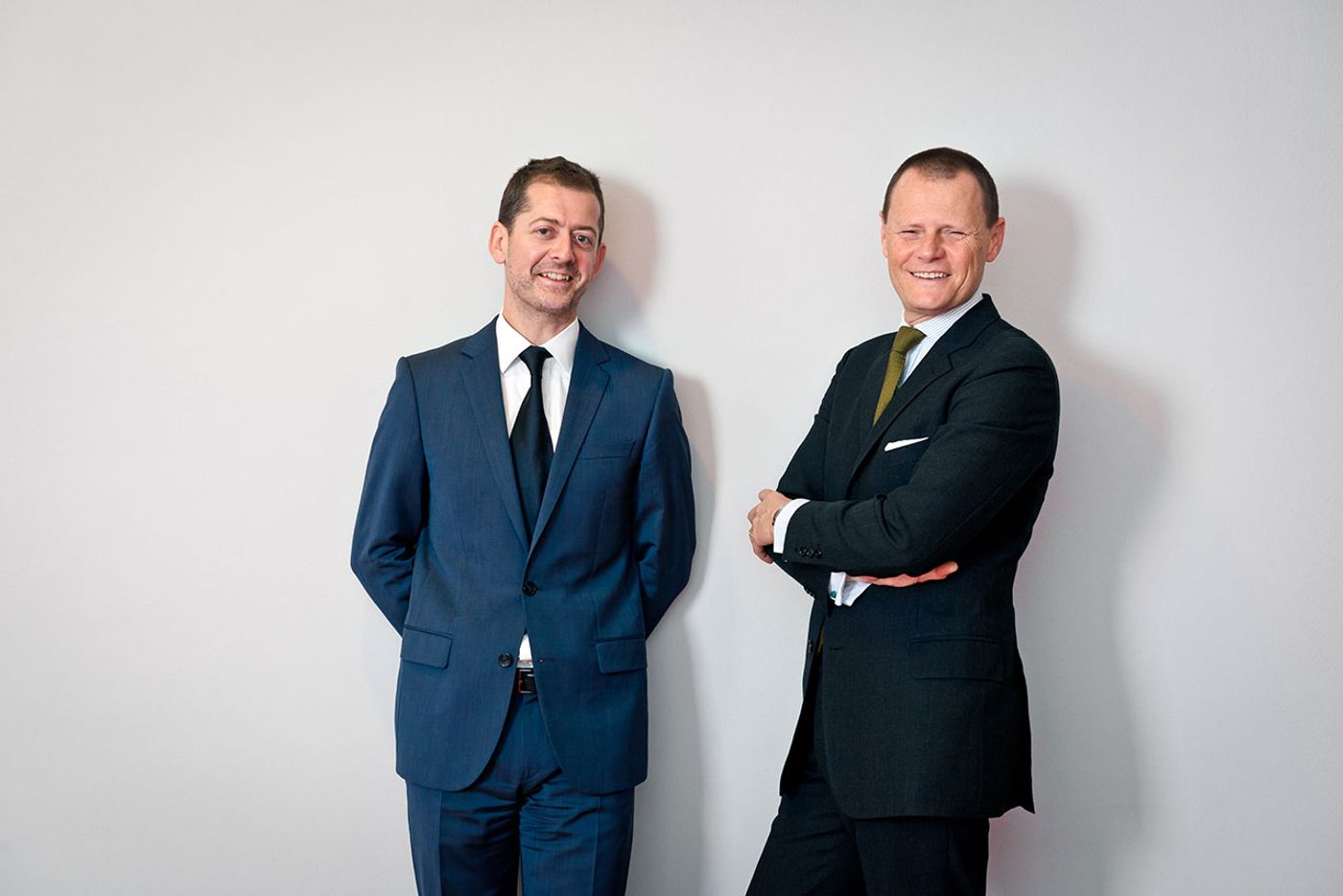
President of Vienna Art Cluster and chairman of the Dorotheum Martin Bröhm (right) and Vienna Art Week artistic director Robert Punkenhofer. Photo © Klaus Pichler.
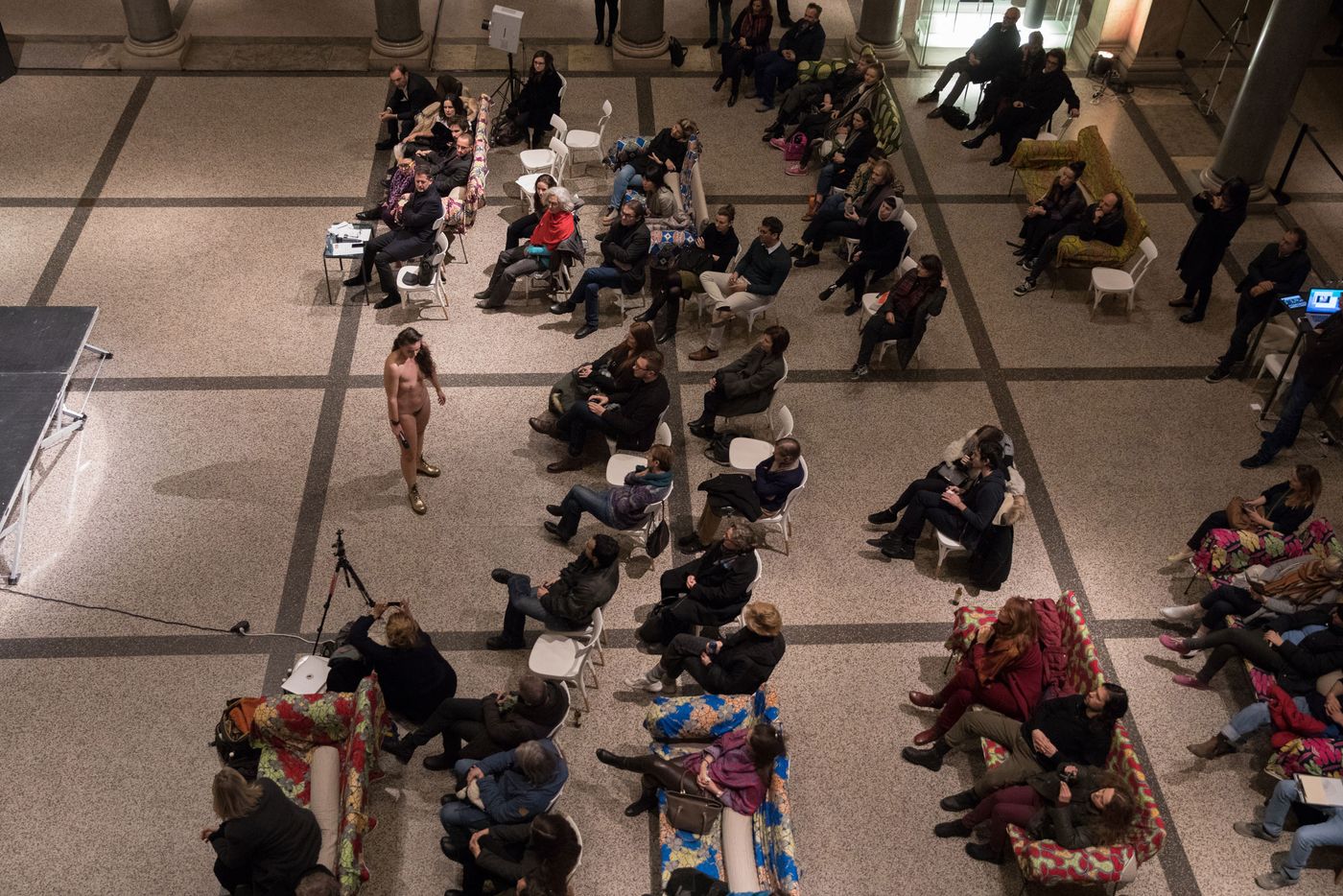
Photo © eSeL.at - Lorenz Seidler.
In a text opening the programme section of Vienna Art Week’s official magazine, Robert Punkenhofer and curator Ursula Maria Probst unfold a discourse related to this year’s theme of Seeking Beauty. A big influence was South Korean and Berlin-based philosopher Byung-Chul Han, who identifies “glossiness” as the main feature of what we define as beauty, in a world where the concreteness of “the pleasing and the glossy” has taken the place of beauty’s ambivalence. Han sees a common element in the shiny sculptures of Jeff Koons, sleek smartphones and “Brazilian waxing”, in that we have come to “consider smooth, glossy things as beautiful today.” Klaus Albrecht Schröder—the director of Albertina Museum in Vienna who also contributed to the publication—takes this notion a step further: “When Jeff Koons celebrates beauty, the beauty he has in mind includes the superficiality that fashion photography hails as beautiful.”
This superficiality of over-designed objects and luxurious materials is definitely pleasing, but is it not also beautiful? Han again seems to be pointing to the answer, by making an important distinction between “beauty” and “the beautiful.” If beauty is found in delighting the senses, the beautiful “goes against mere pleasure, [...] creating moments of awakening.” For Han, “the beautiful cannot be consumed” and in order to become aware of it one must take “further action.” It’s true that we talk of beauty as if it were a concrete object or attribute—but just like happiness, beauty is not a thing you can own or carry around. Speaking of the beautiful, on the other hand, is less charged with connotations of ownership and marketing: the beautiful exists always on its way towards achieving beauty, but without ever getting there. This state of being constantly in motion towards beauty is the power of the work of art, and the reason why Han believes that recognising it requires “action:” negotiation, thought and search.

The interior of the Dorotheum in Vienna. Photo © DOROTHEUM.

Installation view Nasan Tur. Running Blind © KUNST HAUS WIEN 2016, Photo: Thomas Meyer.
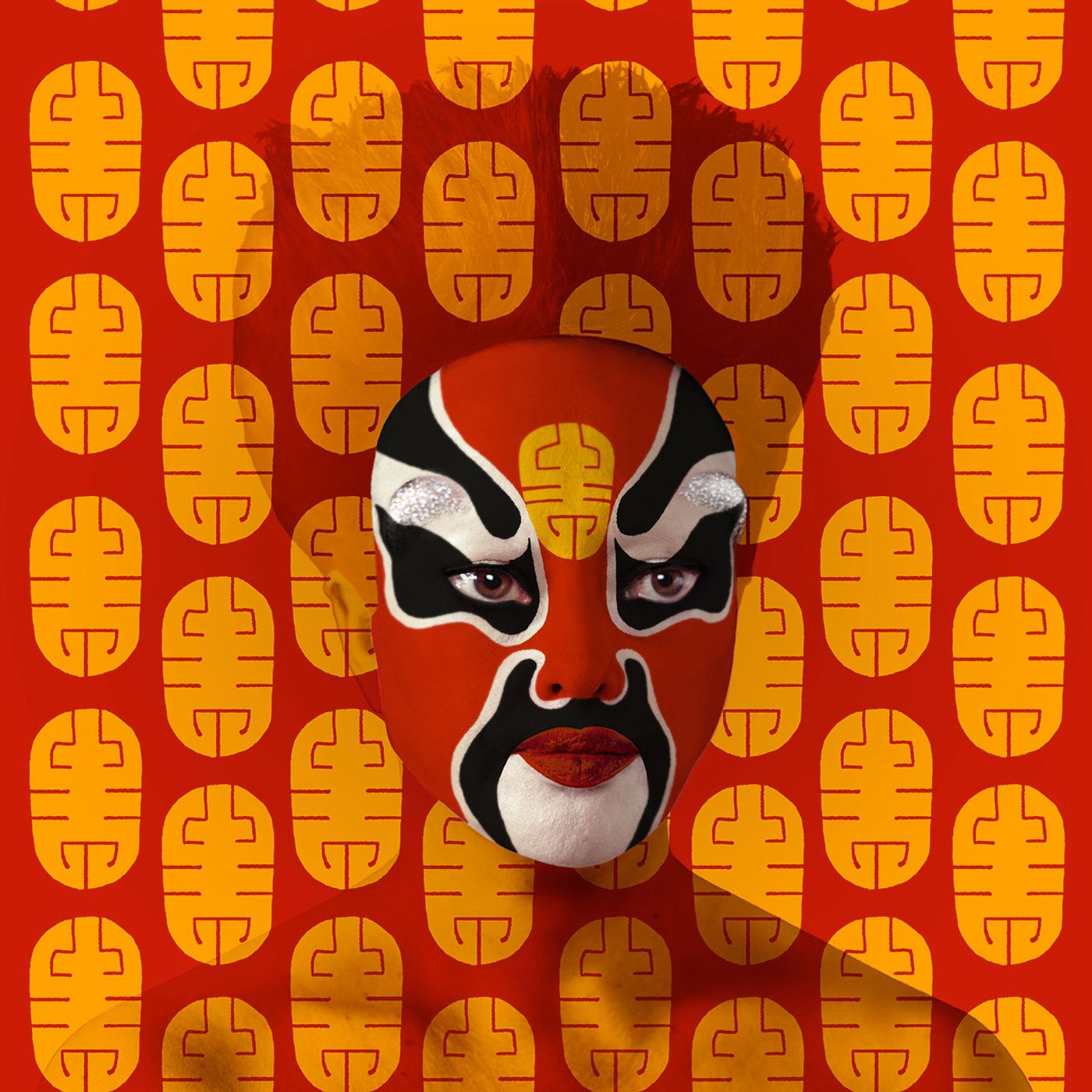
ORLAN, Pekin Opera Facial Design n°1, Photo courtesy Vienna Art Week.
This year’s Vienna Art Week programme kicked off with a six-hour “Interview Marathon” at the Austrian Museum of Applied Arts / Contemporary Art, where artists, curators and theorists were invited to deliver talks or perform in response to the festival’s theme. Speakers included Mark Evans from the Victoria and Albert Museum in London, who spoke about Renaissance painting, and French body -and performance-artist ORLAN, who is a pioneer in body modification through plastic surgery and has been modifying her own body as part of her own artistic practice. Other highlights included the opening of a double show by Avery Singer and Francis Alÿs at the Secession, the Open Gallery Night in various galleries around the city centre, and behind-the-scenes visits at Wattgasse and other artist studios, for curators and the general public to discover new work by artists in their own working space.

Letizia Werth, Waterfall, ongoing project, performance Klylehof, Austria, 2014. Photo, 40x30cm, framed. © Letizia Werth.
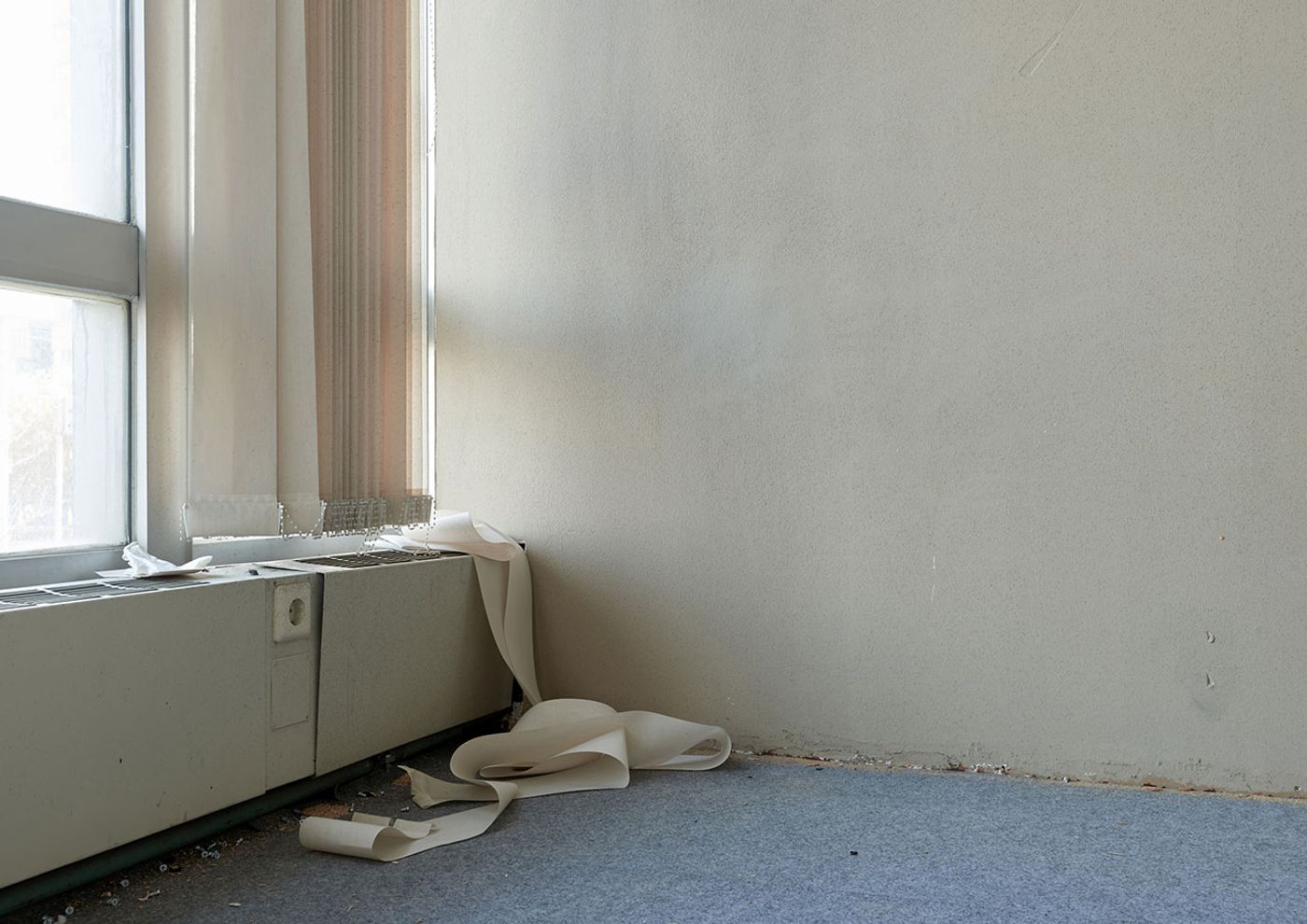
Eva Würdinger, from the APA series. Courtesy the artist.
If I had to single out one event from Vienna Art Week this year, that would be the six-storey group exhibition AWAY, staged inside the abandoned building of Vienna’s former Post Office. Curated by Alexandra Grausam and Genoveva Rückert, the exhibition presented the work of Austrian artists that they produced during artistic residencies abroad. Taking up all the vast halls of the abandoned building and with views over the entire city, the exhibition’s impact was in the strong sense of a homecoming, where people who have been sent abroad to explore foreign cultures and interact with other peoples now return to present their work side by side, and reveal similarities and differences between them. Excursions like these into the foreign and the unknown are transformative experiences for any person, let alone influential people like artists; in that sense, AWAY is the proof for how art can help bridge cultural and social divides, and widen our understanding of the world we live in and the impact we have as Western societies elsewhere. Cultural and geographical distance will always be something to be negotiated by humanity, but seriously engaging with elusive concepts such as togetherness, collaboration and the beautiful can bring us together and strengthen our capacity for dialogue, tolerance and solidarity.
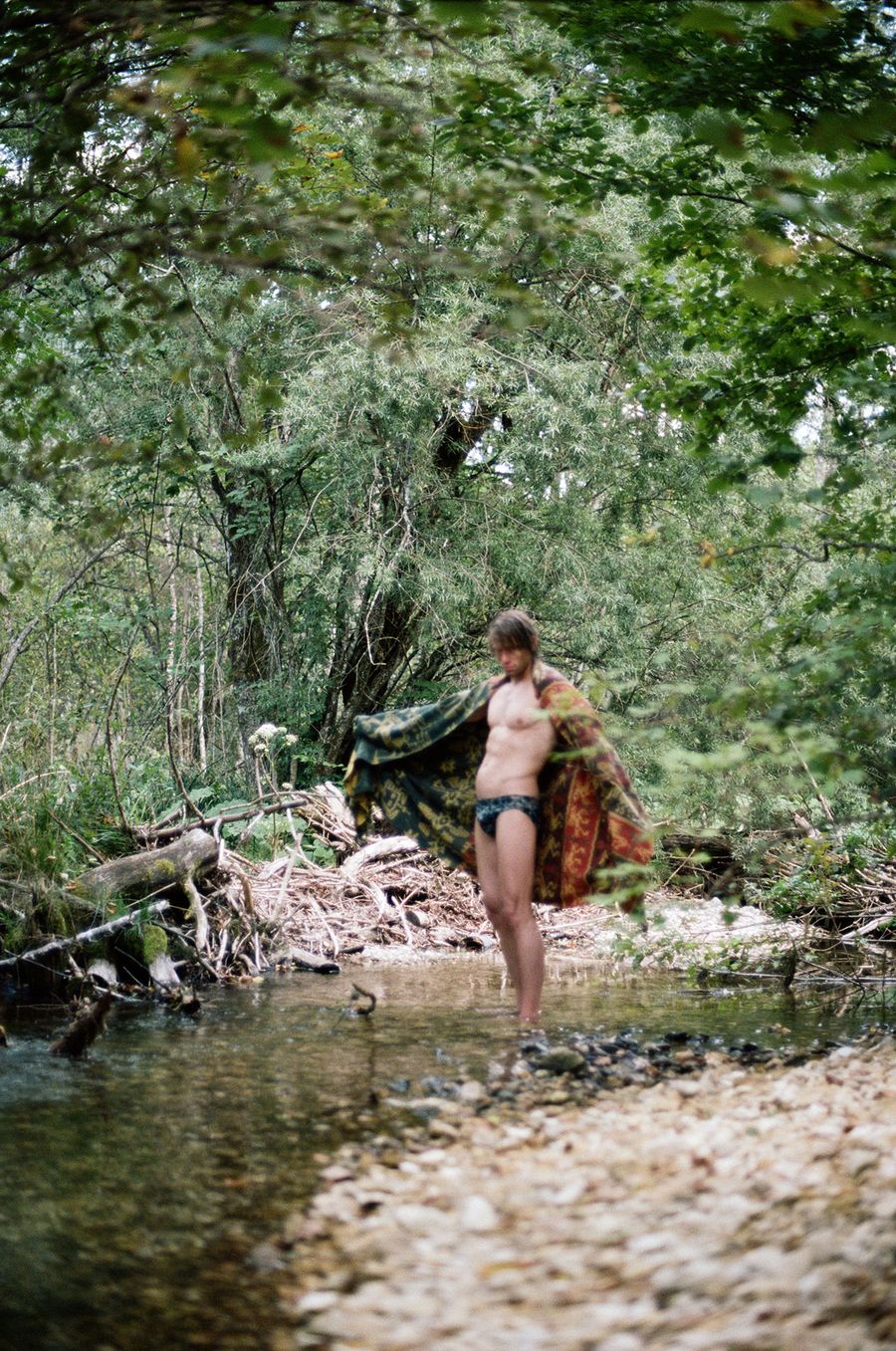
Paul Wagner, Ikat and me, 82x123 cm, c-print, 2012. Courtesy the artist.

Tropical Punch at Galerie Nathalie Halgand, curated by keen on magazine. Exhibition view, Left: Titania Seidl, Gestures, 2015, oil on wood, 24 x 30 cm. Right: Marianne Vlaschits, I dreamt I was Henriette Rosseau, 2016, Acrylic and Oil on Cotton, 170 x 240 cm.

Tropical Punch at Galerie Nathalie Halgand, curated by keen on magazine. Exhibition view. In the foreground, left: Diango Hernández, El hombre de las dos manos derechas (We expected that. But this battle is won, is being won and is going to be won completely), 2016. Oil on Canvas, 60 x 80 cm. Right: Diango Hernández, El hombre de las dos manos derechas (all the bourgeois and rightist press of this hemisphere and the world to launch a deluge of slander against Cuba and propaganda against Cuba), 2016. Oil on Canvas, 60 x 80 cm. Work in background: Titania Seidl, On minerals and draughtsmanship, 2015, oil on wood, 170 x 150 cm.
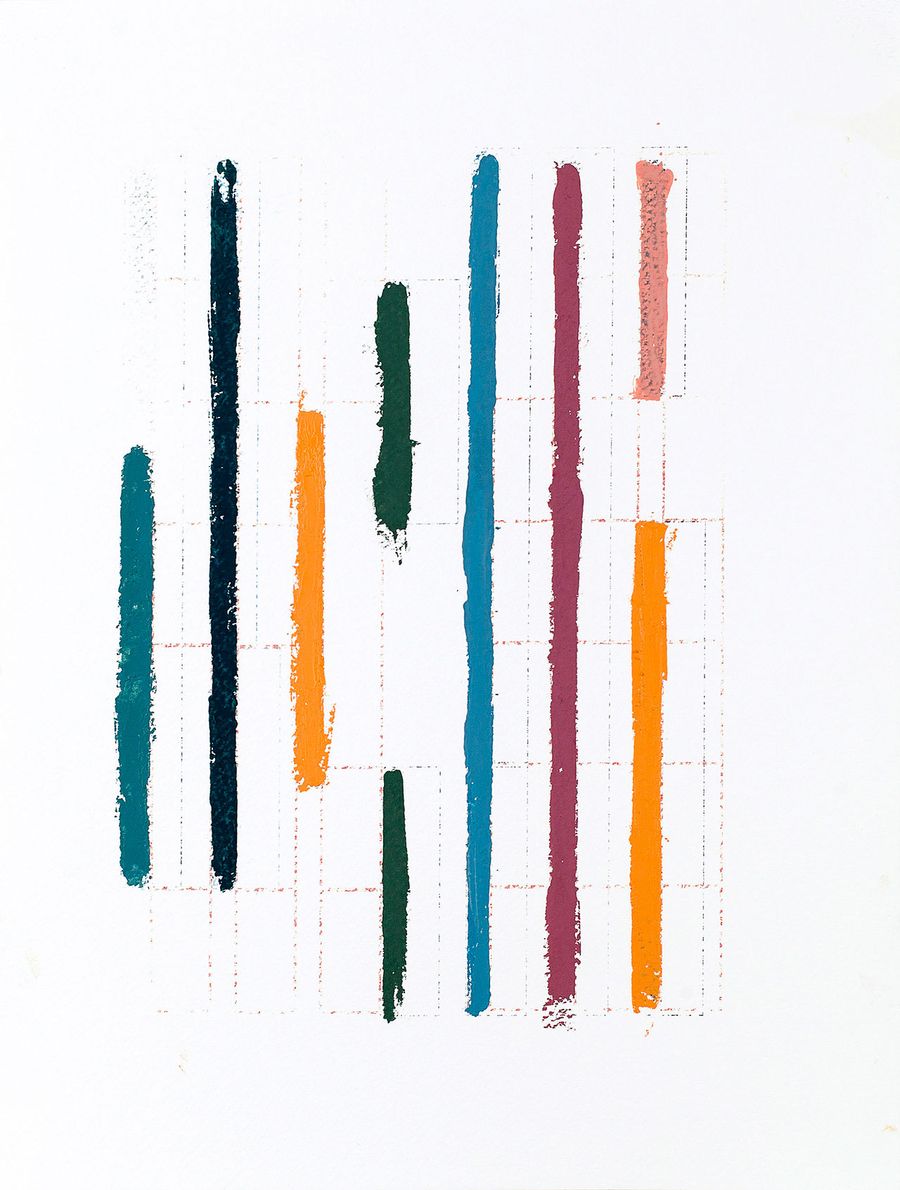
Klára Rudas, Untitled, oil on paper, 2016. Courtesy Knoll Galerie Wien.
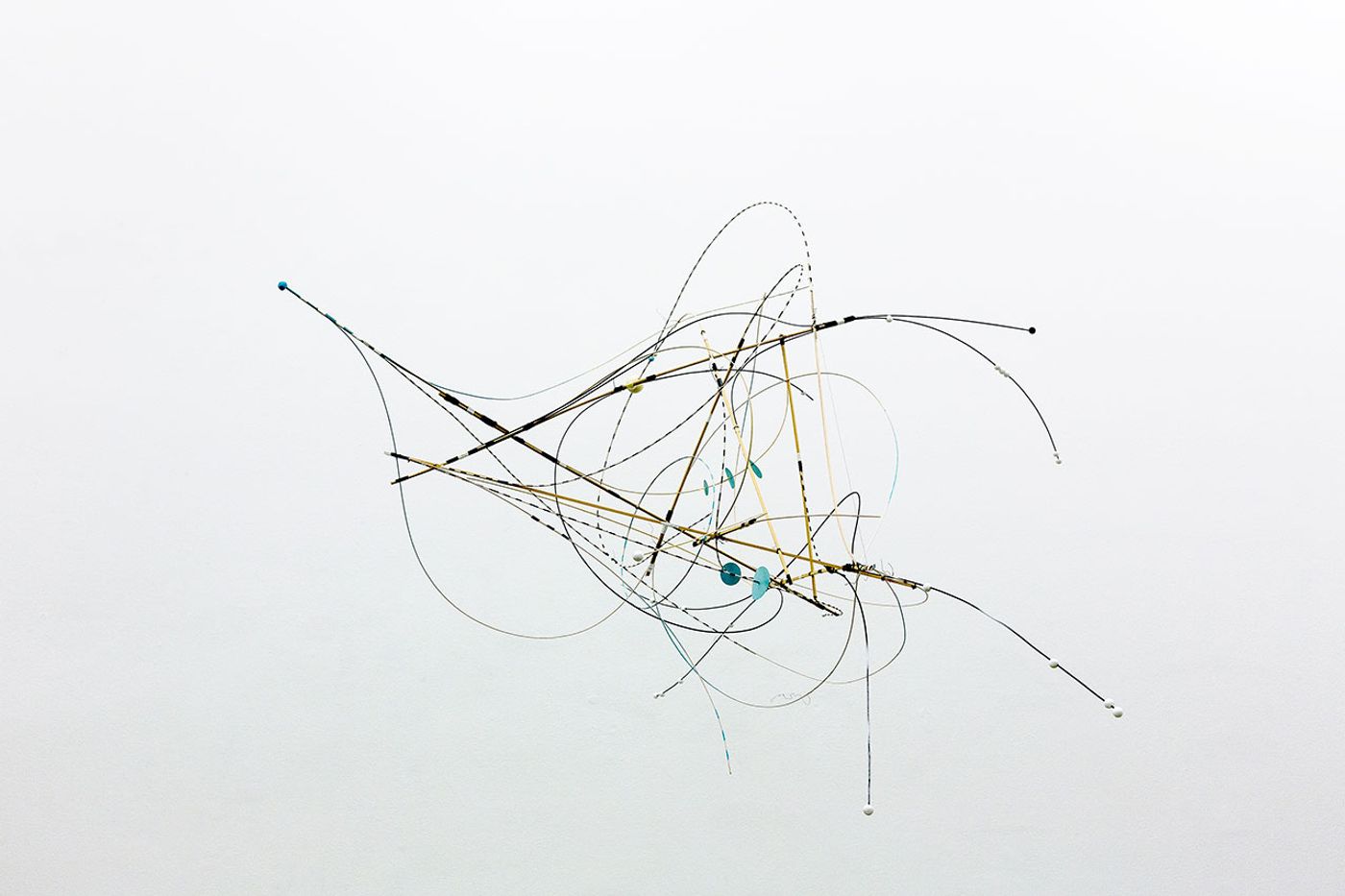
From the exhibition Proxemia at Galerie Crone. Photo: Matthias Bildstein, © 2016.
"The beautiful cannot be consumed." —Byung-Chul Han
Catharina Bond, Untitled (Leberkaese), 2016, porcelaine, silicone. Galerie Reinthaler. Photo by Julia Gaisbacher.
Artist Catharina Bond combines homemade silicon meat and skin with kitschy porcelain statuettes. Catharina Bond, Untitled (Dancer), 2015, porcelaine, silicone, hair. Galerie Reinthaler. Photo by Julia Gaisbacher.

Installation view of the exhibition: Living on | In Other Words on Living?, 18.11.2016–08.01.2017, exhibit. In the foreground, right to left: Producers of Kayapó, pidjôkango oicõ djã nho meàkà, 2013-15, Headpiece with straws. Producers of Tucano Kumurõ, 2013-15, wooden bench. Producers of Karajá, weru , 2013-15, Percussive instruments made of wood. Work in Background: Tracey Rose, Elephant Family (working progress), 2013, Collage. Photo by Lisa Rastl © Akademie der bildenden Künste Wien.

Em’kal Eyongakpa, BE-side(s) work- Em’kal Eyongakpa, friends and traces, 2014-2009, Artbook, 2014, 112 Pages, full colour, Stucco Fedrigoni Paper, Printed and bound in Italy, 83 x 93 cm (open). Courtesy the artist and Boîte Editions, Lissone (IT).

Agnes Prammer, all photographs are from the series Happiness. From left to right: Untitled (Pastell), 2016, Pigment print, 25 x 37,5 cm. Untitled (Familie Town Hall), 2016, Pigment print, 46 x 56 cm. Untitled (Schloss), 2016. Pigment print, 36 x 54 cm.

Kay Walkowiak, The Form and the Formless, 2015. HD-Video, 6’20’’, Color/silent.

Francis Alÿs, Le temps du sommeil, exhibition pre-view, Secession 2016. Photo by Jorit Aust.
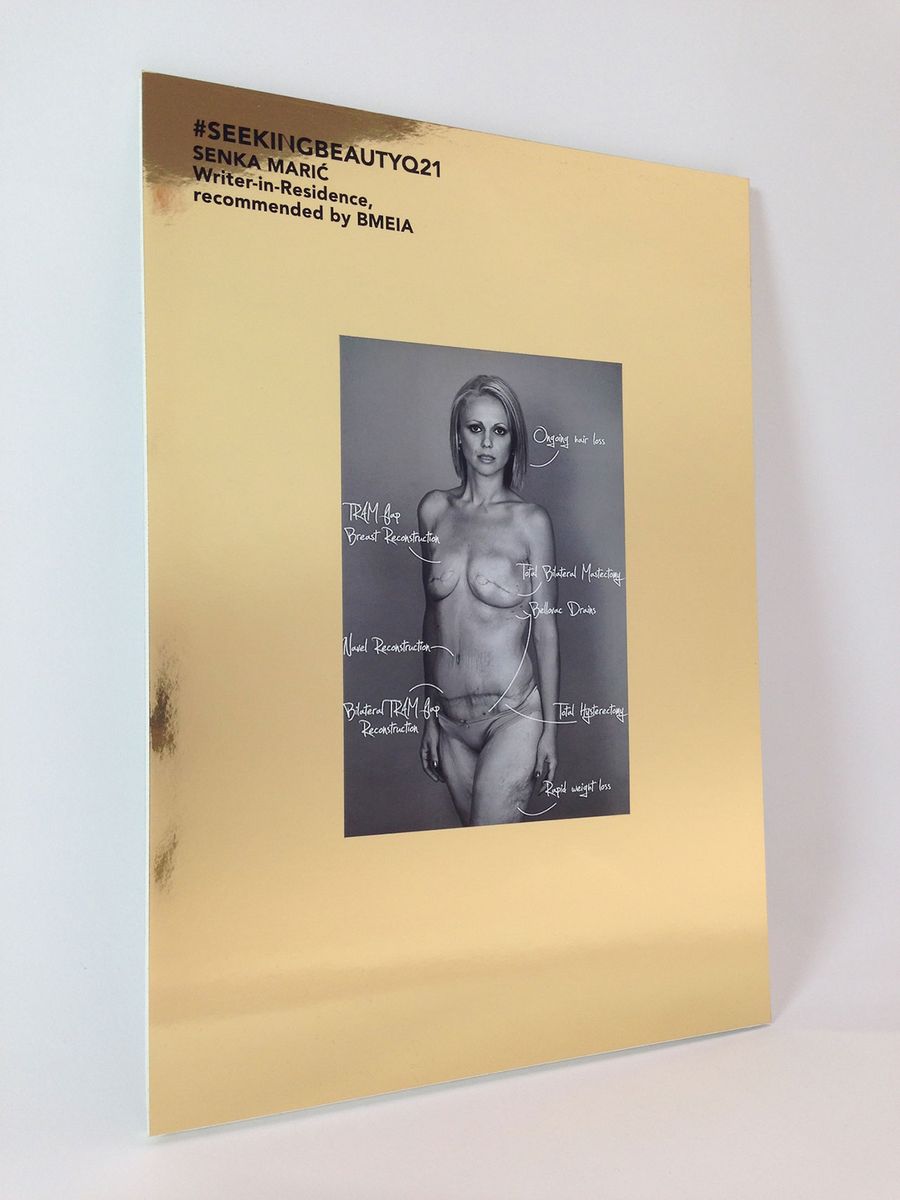
Image from the exhibition Seeking Beauty at Q21 Museum during Vienna Art Week 2016. © Senka Marić

Lana Čmajčanin, Aleppo, from the exhibition Seeking Beauty at Q21 Museum during Vienna Art Week 2016. © Lana Čmajčanin

Avery Singer, Sailor, exhibition view, Secession 2016, Photo by Sophie Thun.

A visitor in front of a large Avery Singer work at the Secession during Vienna Art Week 2016. Photo by Kiriakos Spirou.

